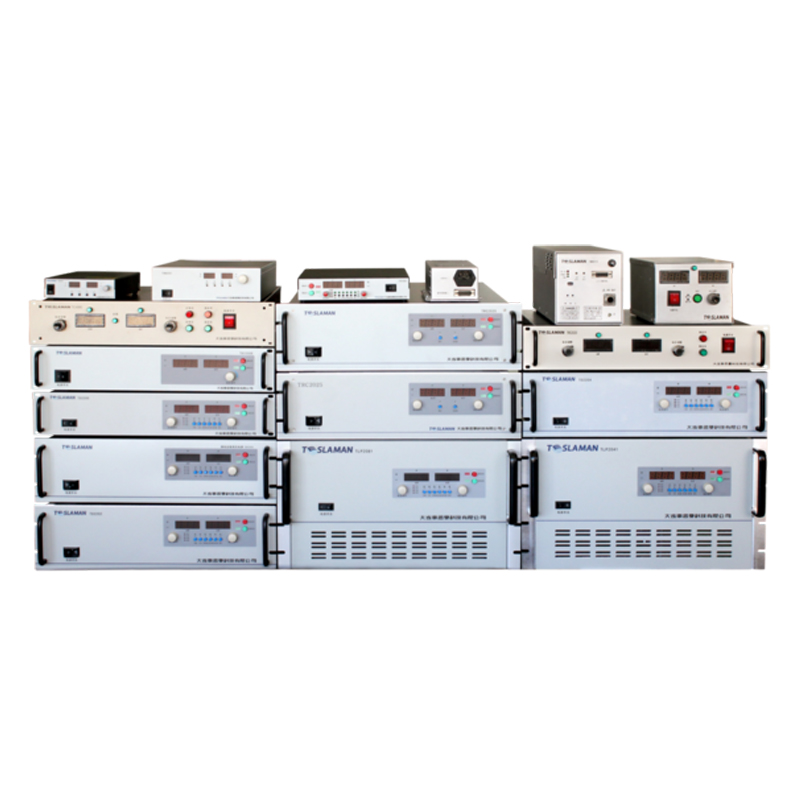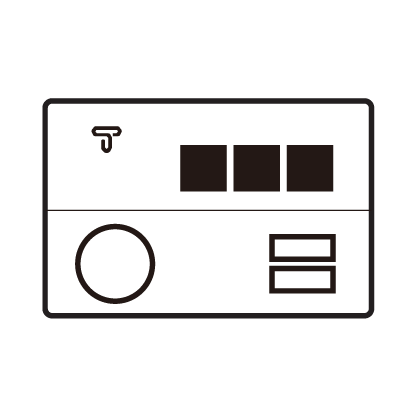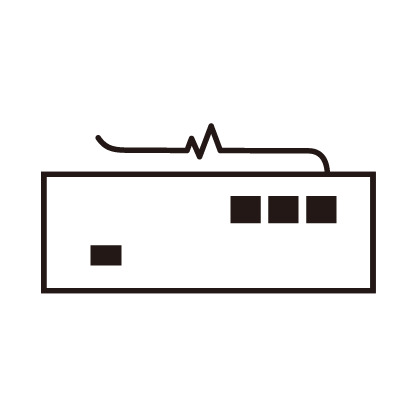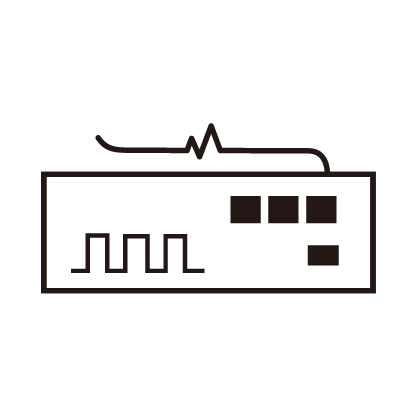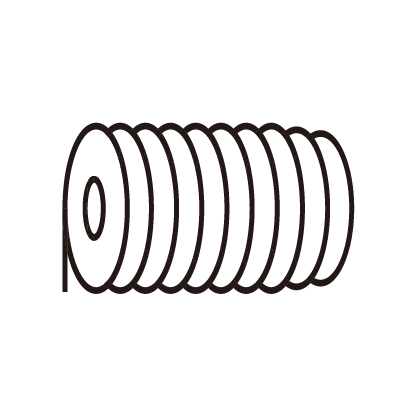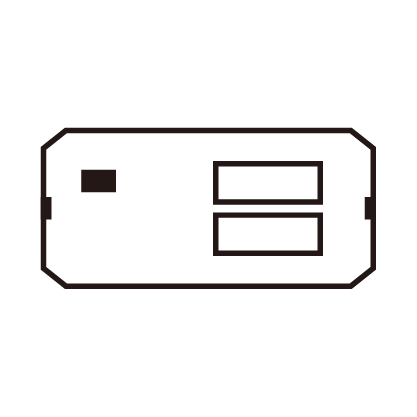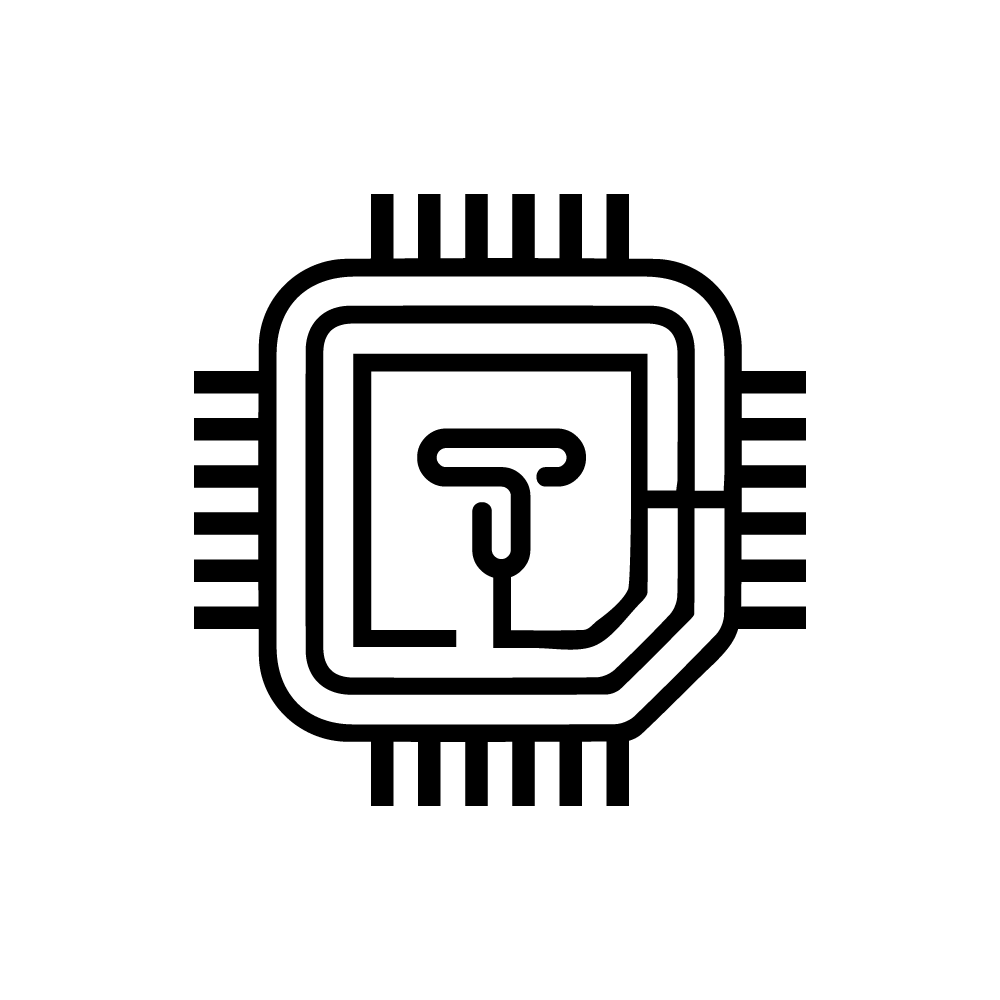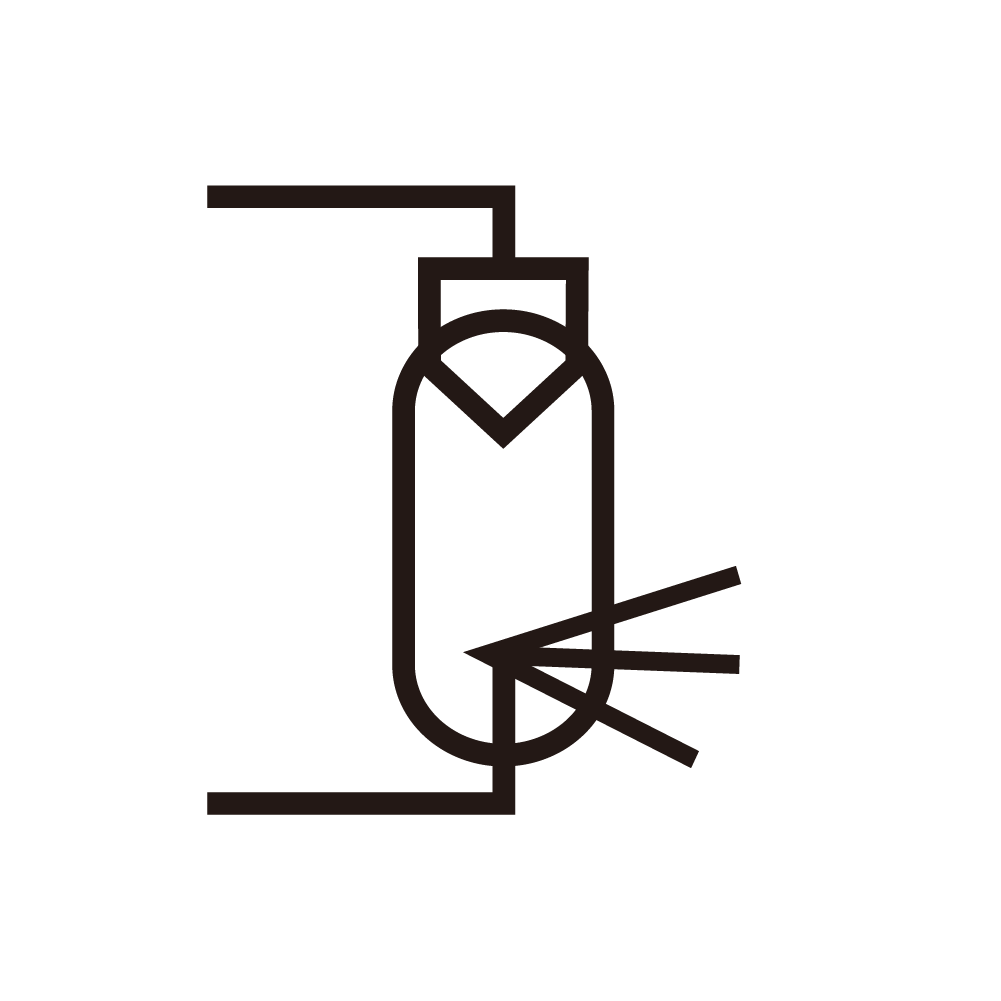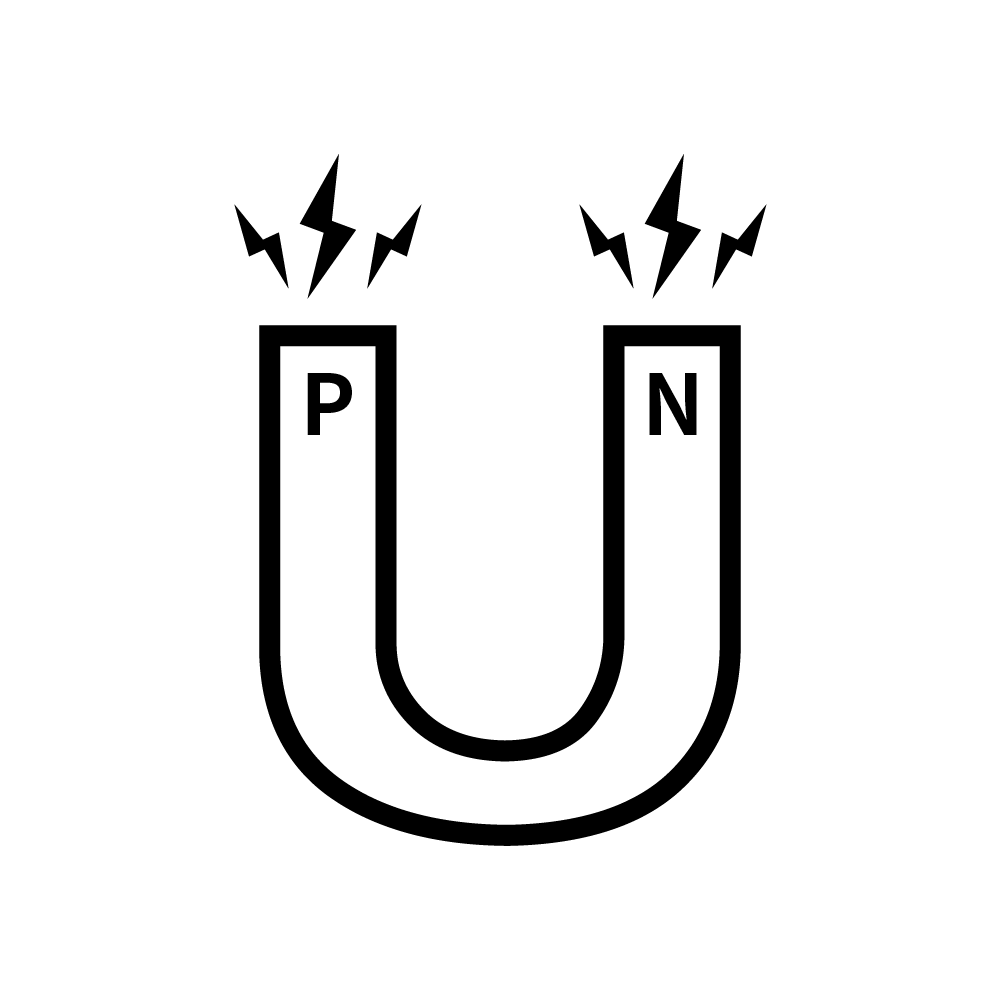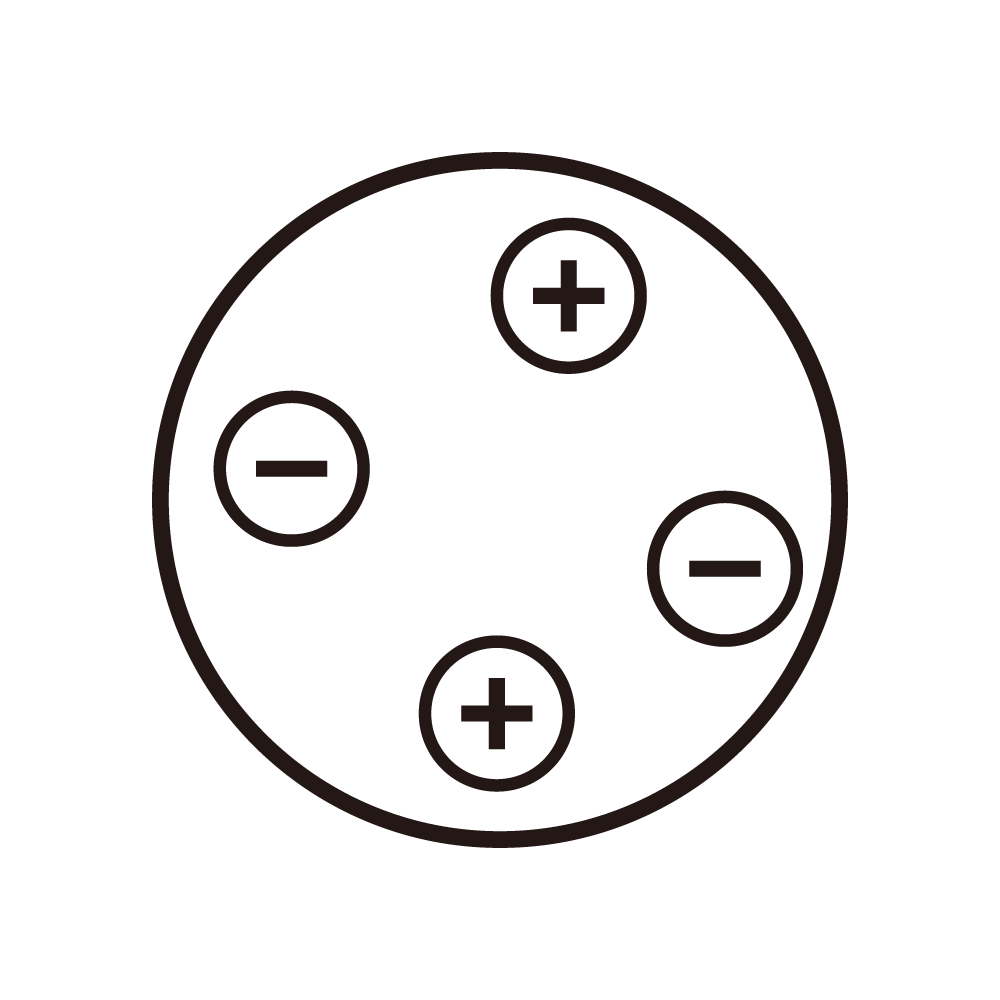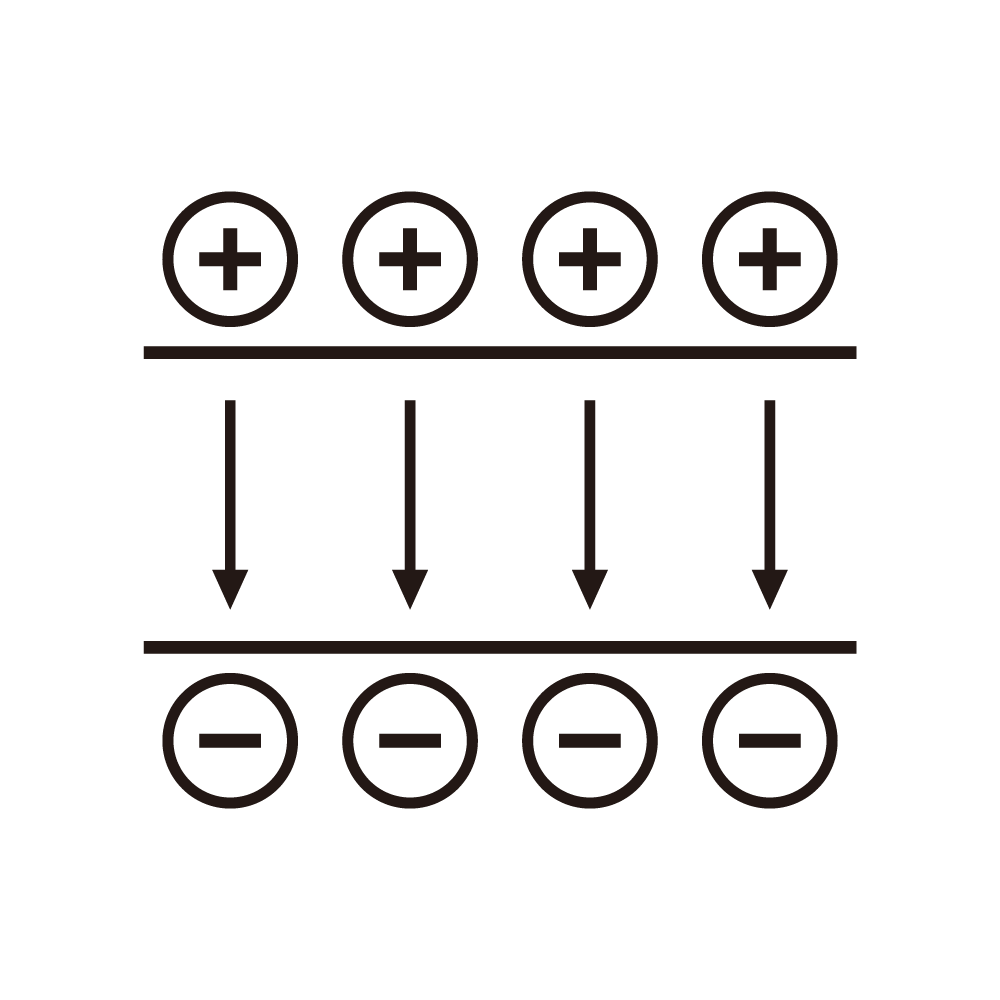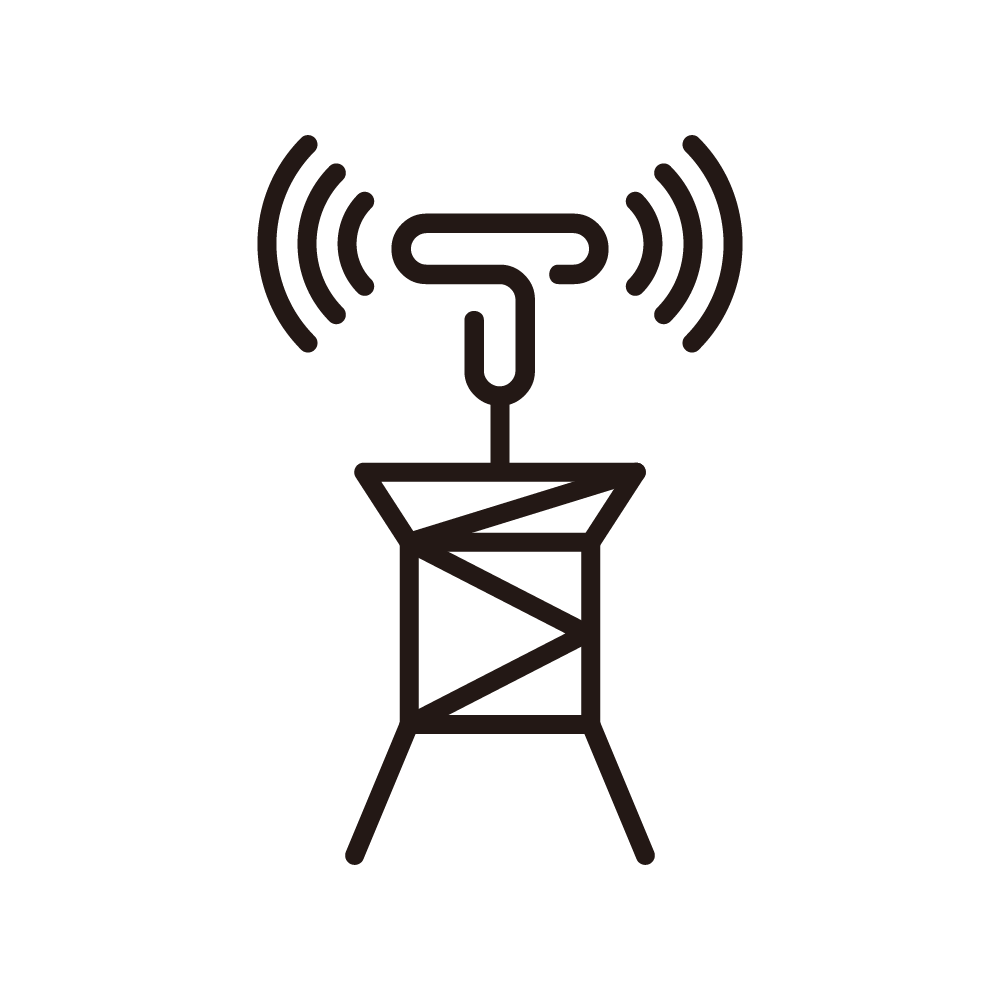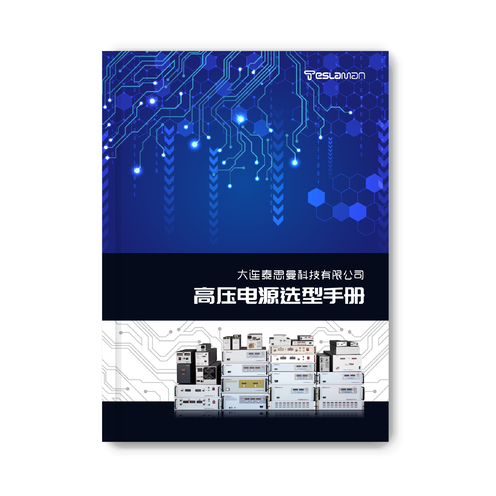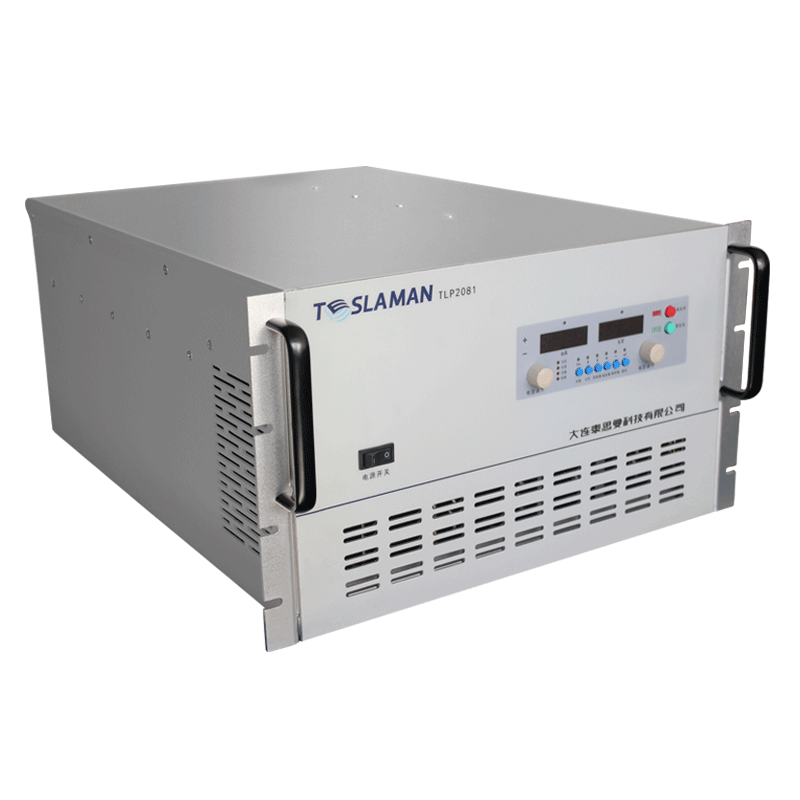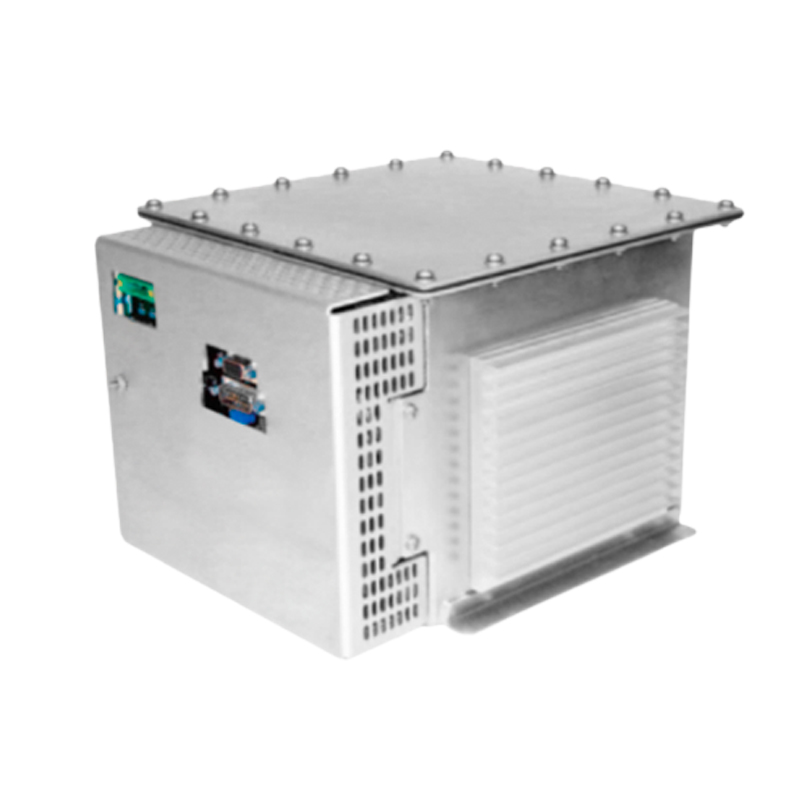Switching Current Fluctuations of Positive-Negative Switching High-Voltage Power Supplies
In modern electronic systems, positive-negative switching high-voltage power supplies are being applied more and more widely, especially in some occasions with special requirements for the polarity of the power supply voltage, such as high-precision measuring instruments and specific semiconductor testing equipment. However, when the positive-negative switching high-voltage power supply switches its polarity, the switching current fluctuation is a problem that cannot be ignored, which will have a significant impact on the stability and performance of the system.
The generation of switching current fluctuations in positive-negative switching high-voltage power supplies is first closely related to the circuit topology of the power supply. Common topologies such as full-bridge and half-bridge are crucial for the sequence and timing coordination of the conduction and turn-off of switching elements during polarity switching. If there are timing errors in the control signals of the switching elements, or there are differences in the characteristics of the switching elements themselves, it will lead to the inability of the current path change to smoothly transition at the moment of switching, thus generating current fluctuations. For example, in a full-bridge topology, when switching from positive voltage output to negative voltage output, the originally conducting upper bridge arm switching tube needs to be turned off, and the lower bridge arm switching tube needs to be turned on. But if the turn-off speed of the upper bridge arm switching tube is slow and the lower bridge arm switching tube has already started to conduct, a short-circuit current will be formed in a short period of time, causing a severe fluctuation of the current.
Secondly, the parasitic parameters in the power supply are also important factors leading to switching current fluctuations. Parasitic inductance and parasitic capacitance widely exist in various parts of the circuit, such as lines, switching elements, and energy storage elements. At the moment of positive-negative switching, the parasitic inductance will hinder the change of the current and generate a back electromotive force, and the charging and discharging process of the parasitic capacitance will also affect the current. The existence of these parasitic parameters makes the current unable to change in an ideal way, thus leading to current fluctuations.
Furthermore, the load characteristics also have a great influence on the switching current fluctuations of positive-negative switching high-voltage power supplies. Different loads have different impedance characteristics, and when the power supply switches its polarity, the response of the load to the current will also be different. For example, for a capacitive load, at the moment of polarity switching, the capacitor needs to be recharged, which will generate a large inrush current and thus cause current fluctuations; for an inductive load, due to the characteristic that the inductor current cannot change abruptly, a back electromotive force will be generated at the moment of switching, affecting the smoothness of the current.
In addition, the quality of the control algorithm will directly affect the magnitude of the switching current fluctuation. An advanced control algorithm can more accurately predict and control the change of the current, and adjust the output of the power supply in a timely manner during polarity switching, thus reducing the current fluctuation. On the contrary, a simple or unreasonable control algorithm may not be able to respond to the change of the current in a timely manner, resulting in larger current fluctuations.
In conclusion, the switching current fluctuations of positive-negative switching high-voltage power supplies are caused by the combined action of multiple factors. In order to reduce the current fluctuations, improve the performance of the power supply and the stability of the system, it is necessary to comprehensively consider various factors such as circuit topology, parasitic parameters, load characteristics, and control algorithms for optimized design.
